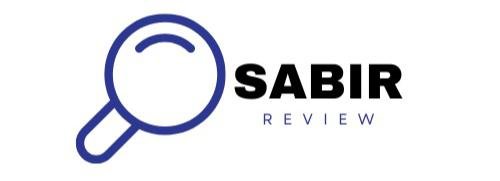
Introduction (200-300 words)
- Introduce the importance of lesson planning in education.
- Explain how innovative lesson planning can enhance student engagement and learning outcomes.
- Briefly mention the key elements of innovative lesson planning that will be covered in the post.
Section 1: Understanding Your Students (300-400 words)
- Discuss the significance of knowing your students’ backgrounds, interests, and learning styles.
- Explain methods for gathering student information (surveys, discussions, etc.).
- Highlight the importance of inclusivity and cultural responsiveness in lesson planning.
Section 2: Setting Clear Learning Objectives (300-400 words)
- Define the role of learning objectives in lesson planning.
- Provide examples of effective, measurable learning objectives.
- Discuss how to align objectives with curriculum standards and student needs.
Section 3: Incorporating Technology (300-400 words)
- Explore various digital tools and platforms that can enhance lesson planning (e.g., interactive whiteboards, educational apps, etc.).
- Discuss the benefits of incorporating multimedia and technology to cater to different learning styles.
- Provide examples of successful tech-integrated lessons.
Section 4: Designing Engaging Activities (300-400 words)
- Present strategies for creating hands-on, interactive activities (group work, projects, role-playing, etc.).
- Discuss the importance of real-world connections and relevance in activities.
- Share examples of innovative activities that have worked well in various subjects.
Section 5: Assessment and Feedback (300-400 words)
- Explain the role of formative and summative assessments in the lesson planning process.
- Discuss various assessment methods (quizzes, presentations, peer reviews) that encourage student engagement.
- Highlight the importance of providing constructive feedback and encouraging self-assessment.
Section 6: Flexibility and Adaptation (300-400 words)
- Discuss the need for adaptability in lesson planning to respond to student needs and classroom dynamics.
- Provide tips on how to adjust lessons on-the-fly based on student feedback and engagement levels.
- Share experiences of teachers who successfully adapted their lessons.
Conclusion
In summary, innovative lesson planning is crucial for creating engaging, relevant, and interactive learning experiences that resonate with all students. By understanding your students’ unique backgrounds and learning styles, setting clear learning objectives, and incorporating technology effectively, you can craft lessons that not only capture attention but also foster deeper understanding.
Designing hands-on activities that connect with real-world contexts encourages students to take an active role in their learning, while varied assessment methods provide valuable insights into their progress and understanding. Flexibility in your approach allows you to adapt to the dynamic nature of the classroom, ensuring that every student feels included and supported.
As you reflect on your own lesson planning practices, remember that innovation often comes from experimentation and collaboration. Embrace the opportunity to try new strategies and share your successes and challenges with fellow educators. Together, we can enhance the learning experience and inspire the next generation of learners.
We encourage you to take these ideas and integrate them into your teaching practice. Share your innovative lesson planning strategies in the comments below, and don’t forget to subscribe for more insights and resources on effective teaching!
